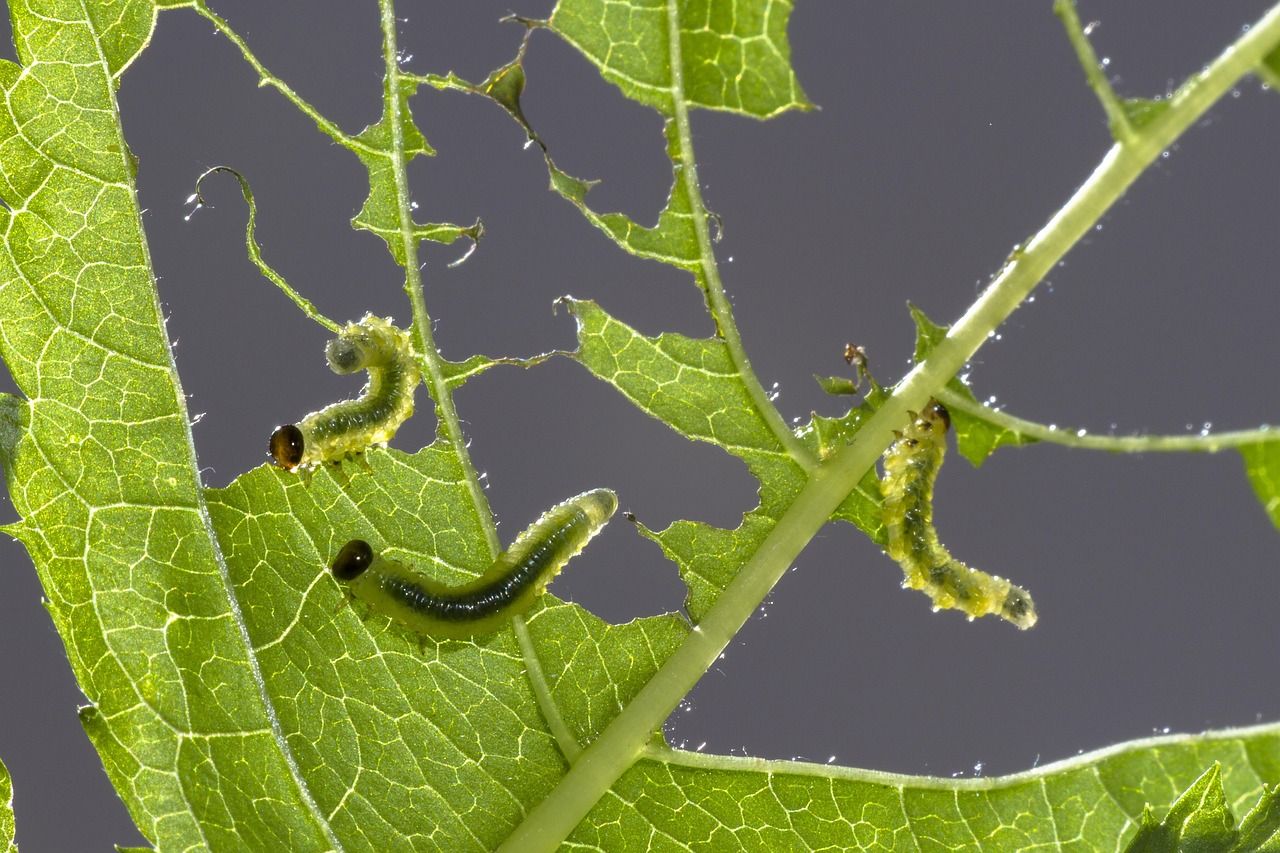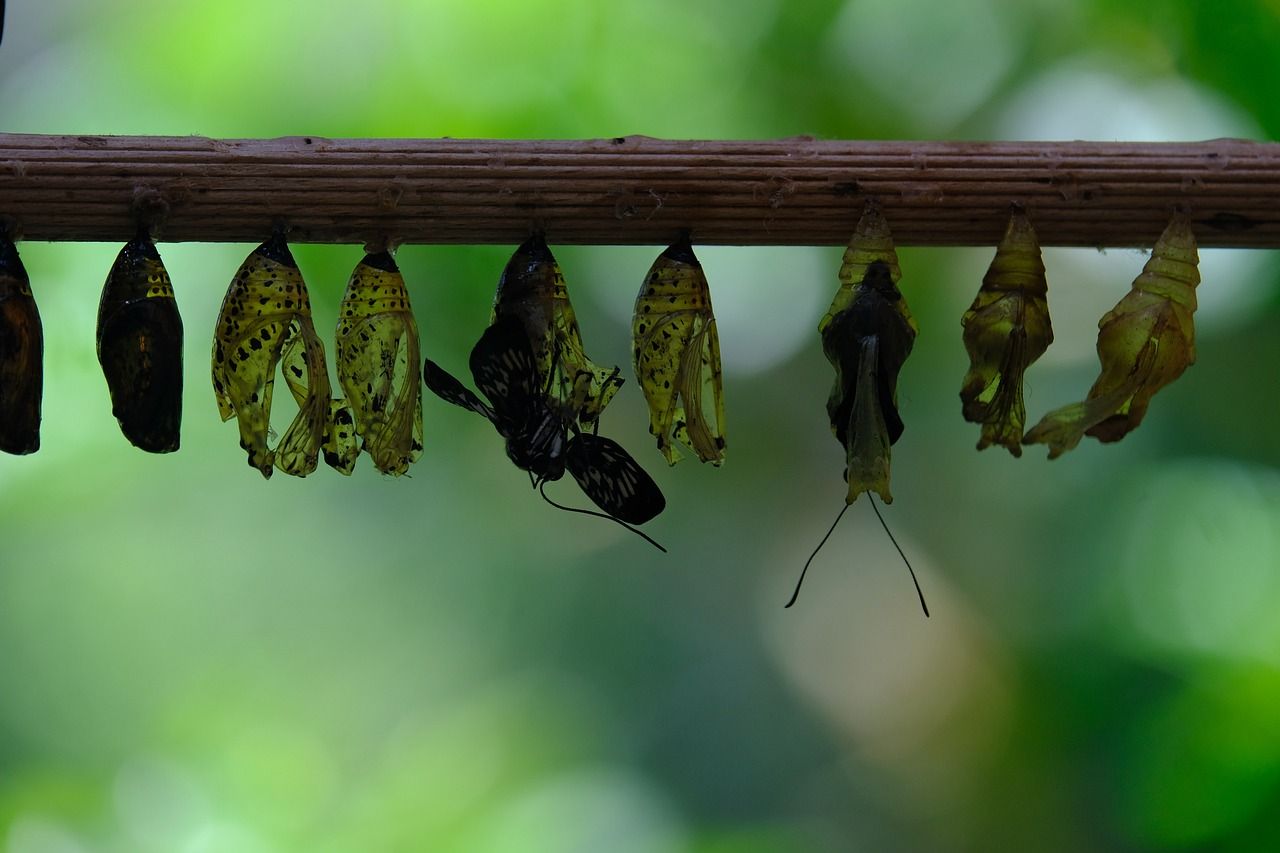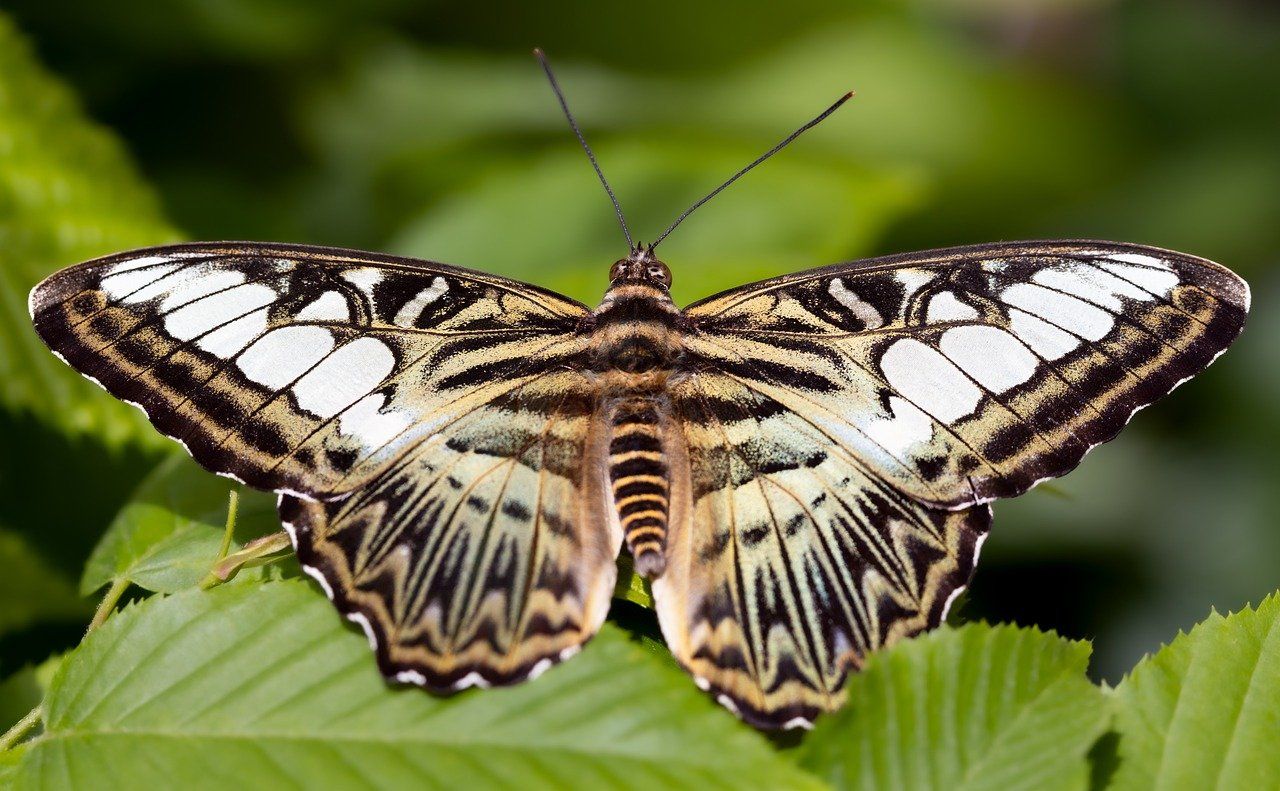Follow us on Google News (click on ☆)
In so-called "holometabolous" insects, like butterflies, life is divided into four distinct stages: egg, larva (caterpillar), pupa (chrysalis), and adult (butterfly). It all begins with the caterpillar, a true eating machine. It consumes enormous amounts of leaves to accumulate enough energy. At this stage, its body is essentially a digestive tract on legs, with one sole purpose: to grow.

Illustration image Pixabay
When the caterpillar reaches a critical size, it stops eating and finds a safe place to transform. It attaches itself to a support (branch or leaf) and forms a protective casing called a chrysalis or pupa. Inside the chrysalis, the caterpillar's body undergoes an incredible transformation called histolysis: its tissues are literally broken down and recycled. This degradation is orchestrated by specific enzymes that decompose larval structures.
Simultaneously, groups of cells called imaginal discs, already present in the caterpillar, multiply and differentiate to form adult organs: wings, antennae, legs, and reproductive organs. These discs, which remained discreet during the larval phase, were like "blueprints" ready to activate at this precise moment. This process takes anywhere from a few days to a few weeks, depending on the species and temperature.

Illustration image Pixabay
Finally, the adult butterfly emerges from the chrysalis. Its wings, still soft and crumpled, unfold thanks to the circulation of hemolymph (the insect's "blood"). Once dry, they are ready to carry the insect into a new life: finding a mate, reproducing, and completing the cycle.
Thus, the caterpillar becomes a butterfly through complete metamorphosis, a spectacular process that showcases the ingenuity of evolution. This transformation allows the insect to exploit different habitats and resources at each stage of its life, reducing competition between larvae and adults and contributing to biodiversity.

Illustration image Pixabay